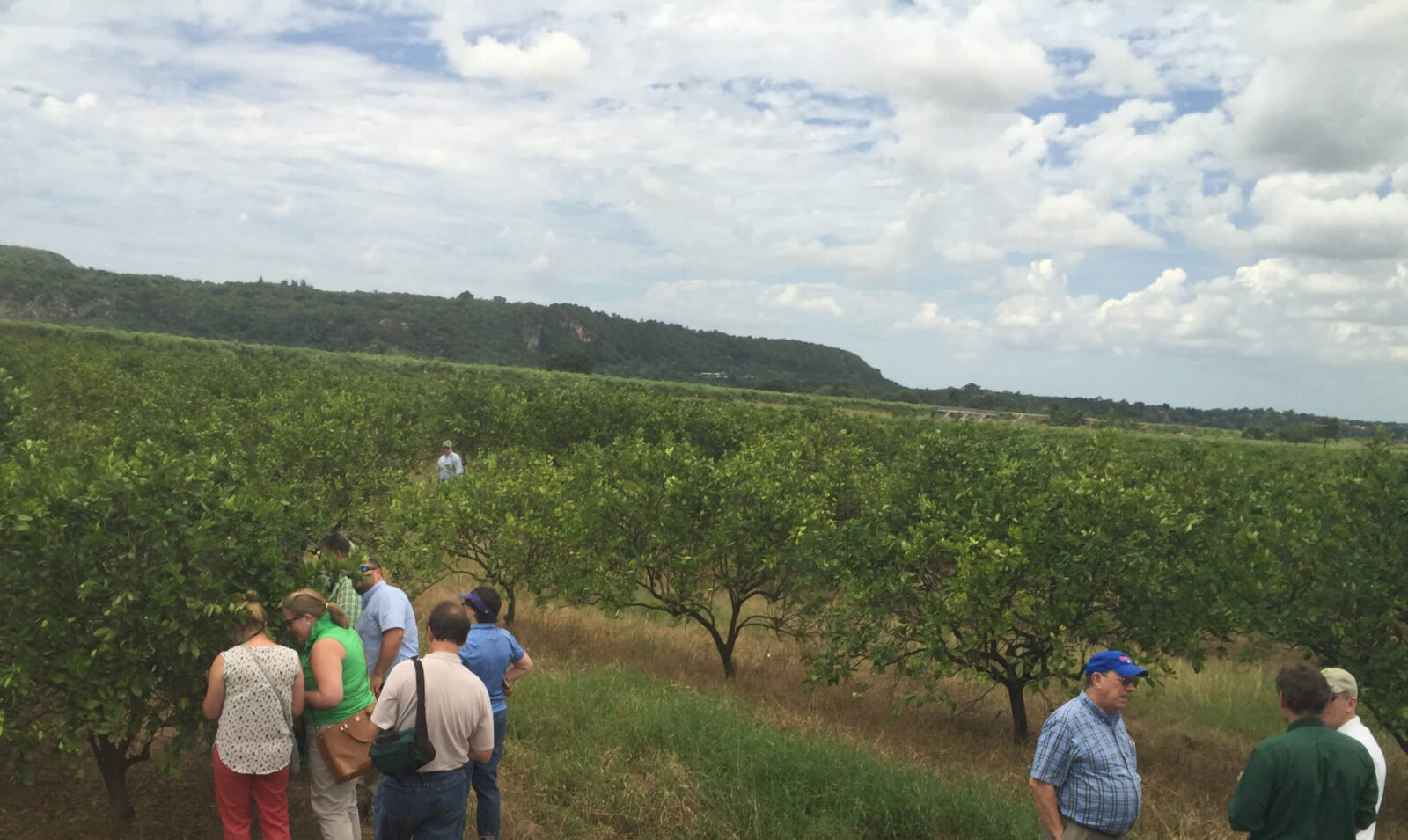Opportunities and Threats of Cuban Agricultural Trade

 The Cuban market could become an export market worth $10 billion to U.S. farmers and ranchers, according to speakers at a breakout session held during the 2017 American Farm Bureau Annual Meeting in Phoenix, Ariz. last month.
The Cuban market could become an export market worth $10 billion to U.S. farmers and ranchers, according to speakers at a breakout session held during the 2017 American Farm Bureau Annual Meeting in Phoenix, Ariz. last month.
Primary U.S. farm exports to Cuba now include chicken and turkey meat and oilseeds.
Under a change in U.S. policy, USDA economist Steven Zahniser said, Cuban consumers would purchase rice, wheat, dried beans and non-fat dried milk. The island nation would likely export tobacco products, rum, sugar, honey, fruits and vegetables to the United States.
He acknowledged that the introduction of agricultural pests and diseases into this country through Cuban commodities is a potential threat to domestic agriculture. But he noted that Cuba exports a substantial volume of honey to European Union consumers.
“In the case of honey, it shows that Cuban growers can meet the standards of other nations,” Zahniser said.
Marri Carrow, a staff member with the U.S. Grains Council, emphasized that any increase in agricultural trade between the two countries will depend upon public policy decisions.
Florida growers have repeatedly raised concerns about pest and disease introductions here because of weak Cuban quality control. They have also pointed out that the Cuban government’s ownership of most agricultural operations throughout the island creates a trade barrier for U.S. farmers.




